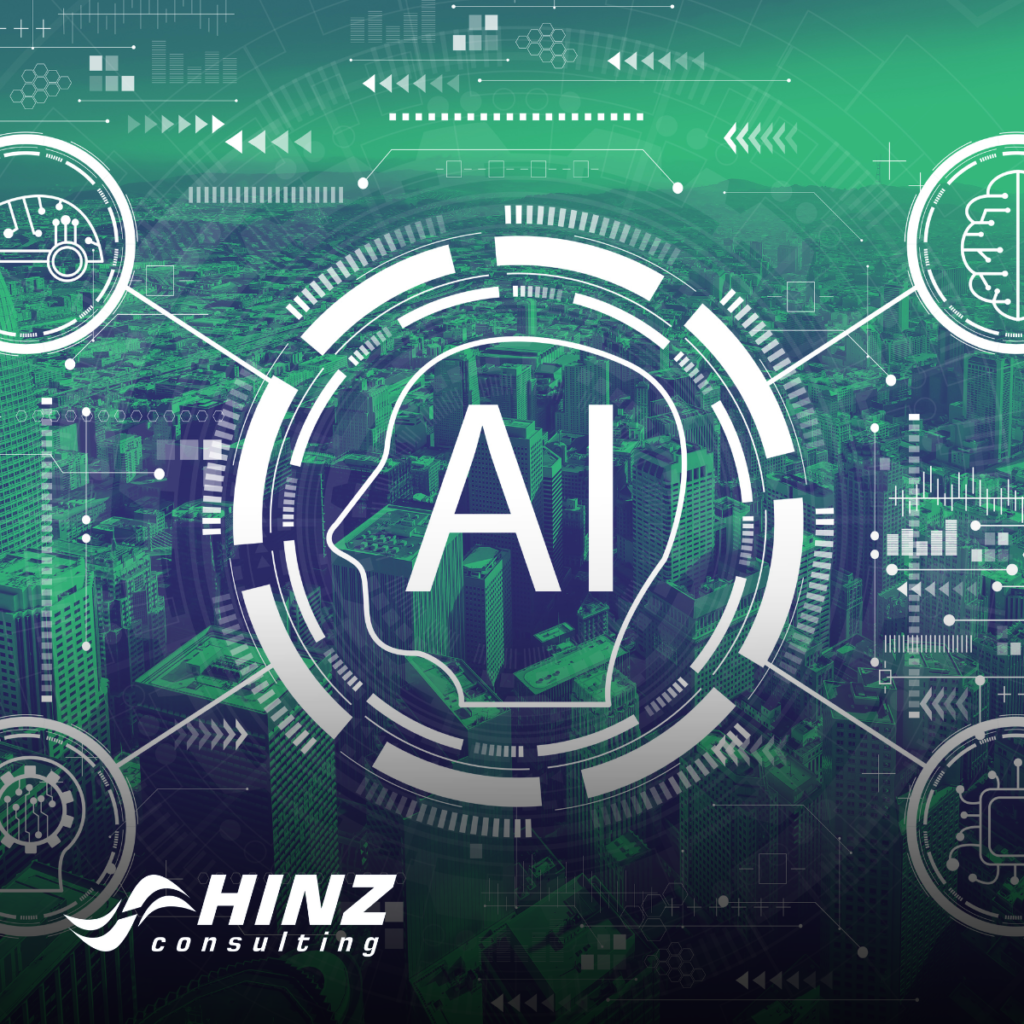The 5 Pillars of AI Functionality

In the ever-evolving landscape of artificial intelligence (AI), five core principles stand as the pillars that underpin the field. Let’s embark on a journey through these ‘big ideas,’ each playing a pivotal role in shaping the capabilities and potential of AI. Decoding AI’s Foundation Artificial Intelligence, often considered the frontier of technological innovation, rests on […]
What Are The Hardest Question For AI?

In the landscape of AI’s accelerating capability, machine cognition still has complex challenges to navigate. The following text highlights and dissects the challenges artificial intelligence as the technology seeks to mirror human intelligence. Ambiguity and Context Artificial Intelligence faces difficulties with questions lacking clarity or multiple interpretations. The challenge intensifies when context is paramount for […]
The Integration of AI in Data Processing

Data processing and analysis has been wholistically integrated into business for years, but the paradigm is shifting based on the cutting-edge capabilities of artificial intelligence (AI). This exploration illuminates how AI is reshaping processing methods, optimizing efficiency, and unlocking new possibilities across industries. The Evolution of Data Processing in the AI Era As industries grapple […]
The Three C’s of AI: Core Concepts for Understanding Artificial Intelligence

Embark on a journey of discovery as we delve into the fundamental principles that underpin the world of artificial intelligence (AI). Explore the Three C’s – Core Concepts that serve as the bedrock for comprehending the intricacies and potential of AI. Decoding the Essence of AI Through the Three C’s Step into the realm of […]
Natural Interaction with AI Unveiled

Embark on a journey where the boundaries between humans and machines blur as we delve into the realm of natural interaction with artificial intelligence (AI). From voice commands to intuitive interfaces, witness the evolution of human-AI engagement. The Evolution of Human-AI Interaction Discover the evolution of how we interact with AI, transcending traditional interfaces. From […]
Securing the Future: AI Security in Government Contracting

Artificial Intelligence (AI) is revolutionizing government contracts, presenting unprecedented opportunities but also raising significant security concerns. This guide aims to demystify AI security for government contracting, providing a straightforward understanding of the key considerations and actionable steps. Understanding AI Security in Government Contracts: In the realm of government contracts, AI security is not just a […]
Isolating Sensitive Information from Public AI Data

Isolating sensitive information from public AI data is crucial for protecting corporate secrets. Here are some strategies to enhance the isolation of sensitive information: 1. Data Segmentation: Clearly define and segment datasets, separating sensitive information from non-sensitive data. Limit access to the sensitive datasets only to those individuals and systems that require it for legitimate […]
What Is The Impact Of AI On Organizational Learning?

In the ever-evolving landscape of technology, Artificial Intelligence (AI) is reshaping the way organizations approach learning and development. The impact of AI on organizational learning is profound, influencing processes, strategies, and outcomes in unprecedented ways. Understanding AI’s Role in Organizational Learning Personalized Learning Paths: AI facilitates the creation of personalized learning experiences tailored to individual […]
Unraveling the Intricacies of Model Collapse in Generative AI

In the dynamic realm of Generative AI, understanding the concept of model collapse is crucial for ensuring the robustness of AI models. Model collapse refers to a scenario where the AI model fails to generate diverse and meaningful outputs, often repeating the same or similar outputs regardless of input variations. The Essence of Model Collapse […]
Generative AI Hallucinations: Unraveling the Intricacies

In the realm of Generative AI, the concept of hallucinations takes center stage, offering a glimpse into the complexities of artificial intelligence. Hallucinations in AI refer to instances where the generated content deviates from expected norms, producing outputs that may seem surreal or erroneous. Understanding and addressing these hallucinations is crucial for ensuring the reliability […]
